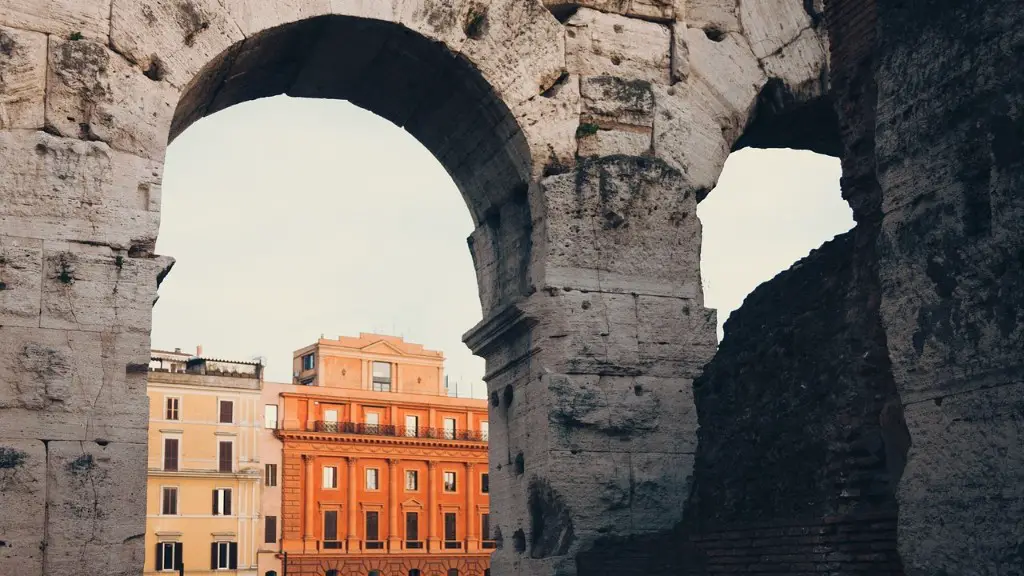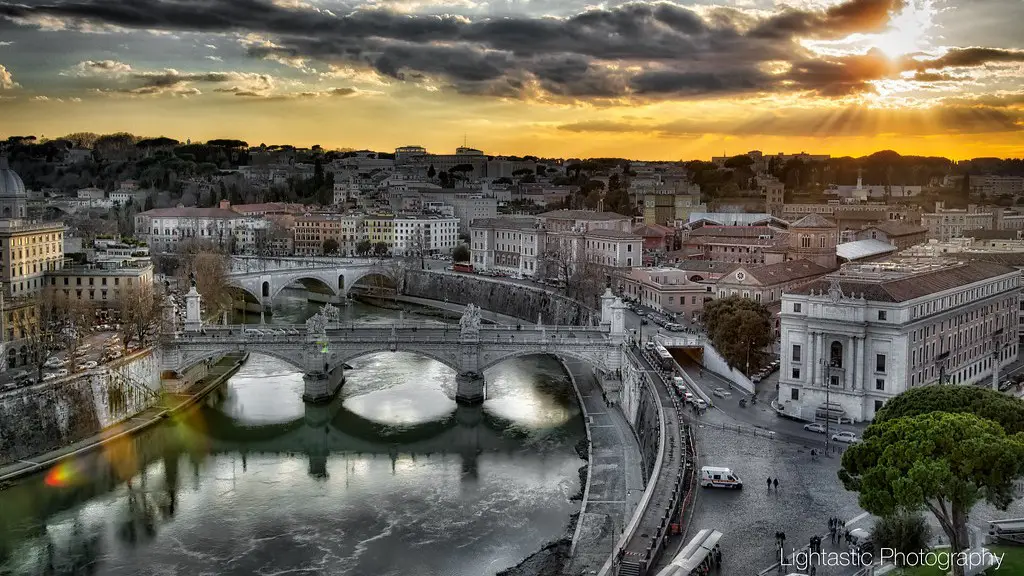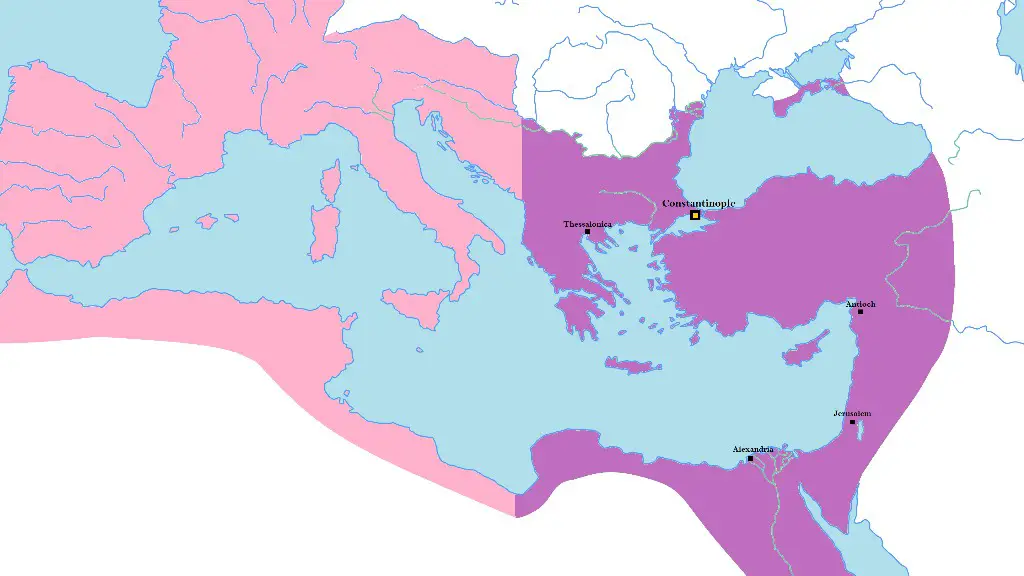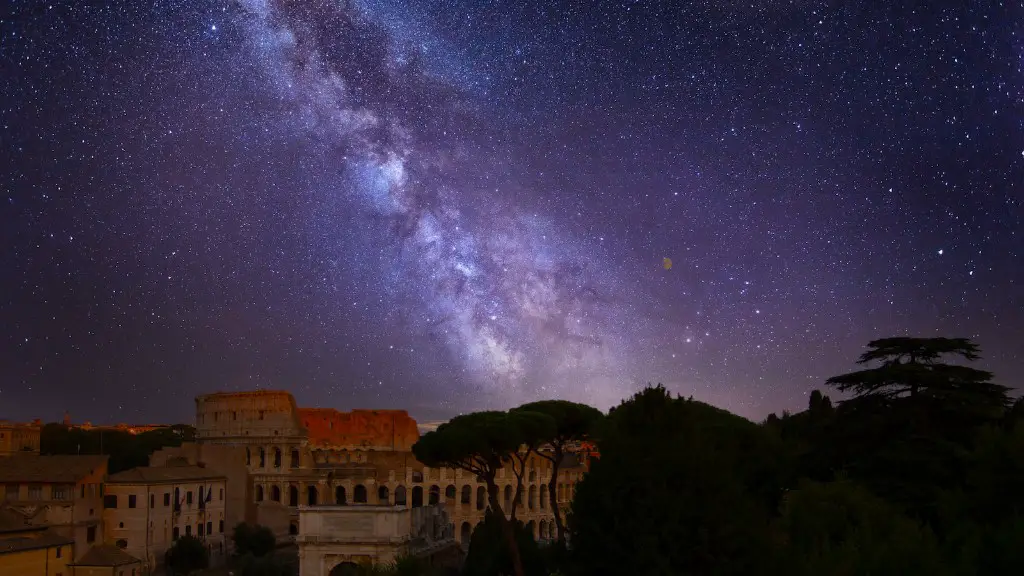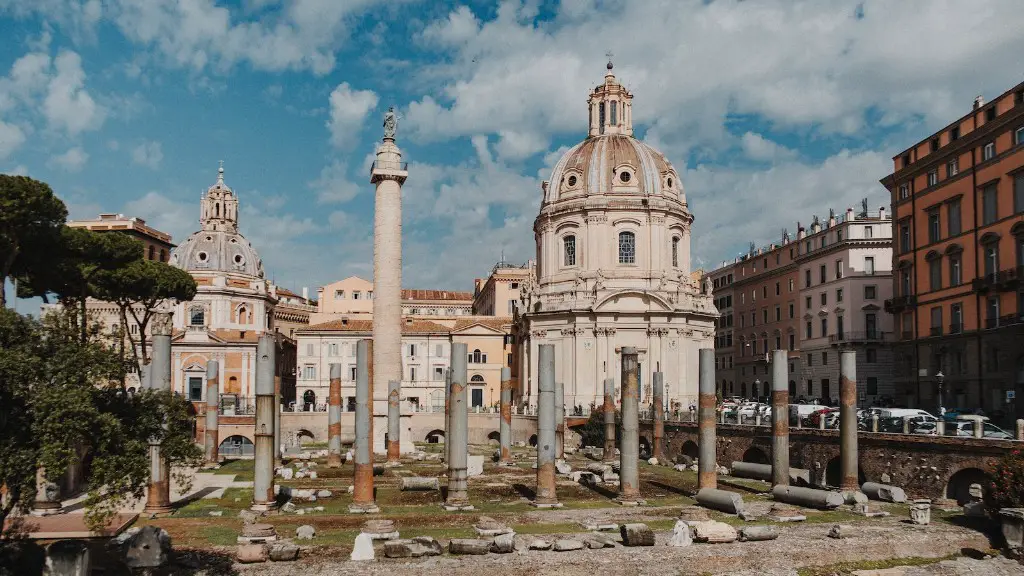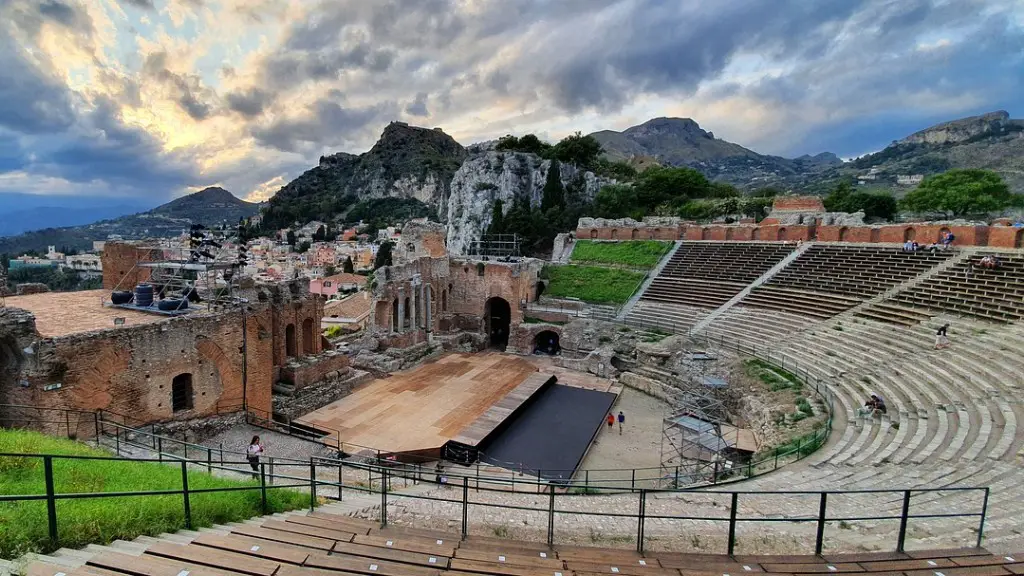The ancient Romans were very good at engineering and construction. They built roads and walls and Aqueducts that are still standing today. The Aqueducts brought water from the mountains to the cities. This was a very important engineering feat because it provided the people with clean water to drink and to use for bathing and washing clothes. It also helped to prevent disease.
The ancient Romans built a system of aqueducts to bring water from distant sources into the city of Rome. This allowed them to have a reliable and clean supply of water for drinking, cooking, bathing, and irrigation. The aqueducts also had a profound impact on Roman architecture and engineering.
What was the impact of Roman aqueducts?
Aqueducts have been an important part of human development for thousands of years. They have allowed us to access fresh water sources that would otherwise be unavailable, and have helped to keep our drinking water clean and free of contamination. Aqueducts have played a vital role in the development of many civilizations, and continue to do so today.
Aqueducts were an amazing engineering feat that not only helped to keep the Roman empire clean and healthy, but also allowed for irrigation of crops. These marvels of engineering used gravity to keep the water flowing, and were carefully designed so that the water would not flow too quickly and wear out the aqueducts.
How did aqueducts change life in ancient Rome
Aqueducts were built by the Ancient Romans to bring water from outside sources into cities and towns. The water from the aqueducts was used for public baths, latrines, fountains, and private households. The aqueducts also supplied water for mining operations, milling, farms, and gardens.
The abundance of water provided by the aqueducts was crucial to the growth and prosperity of the city of Rome. Over a period of just over 500 years, 11 aqueducts were built to supply Rome with water. This allowed the city to thrive and become one of the most powerful empires in history.
Why is an aqueduct important?
Aqueducts have been and continue to be an important way to get water from one place to another. Be it 2,000 years ago in ancient Rome, Italy or today in California, aqueducts were and are essential to get water from a place where it exists in ample supply to where it is scarce.
Aqueducts were one of the most important engineering achievements of the Roman Empire. They not only provided a much-needed source of fresh water for cities and towns, but also for farms and factories. The aqueducts were also used to transport goods and materials from one place to another.
What was the importance of water in ancient Rome?
In ancient Rome, water was worshipped like a deity. Its abundance not only meant the wellbeing of Rome’s citizens but was also a sign of wealth and power for its burgeoning civilization. The site of Rome is naturally well-supplied with sources of water, notably nearby springs, and easily-accessible groundwater.
Aqueducts were a very important part of the Roman economy and city life. They brought fresh water to the cities, which was essential for the growing population. Concrete also played a significant role in the Roman economy and city life. It allowed Romans to build great temples, baths, and public buildings.
Why were the aqueducts of Rome such a major achievement quizlet
Aqueducts contributed a great deal to the growth of the Roman Empire, by enabling trade routes to reach faraway lands, helping to protect against natural disasters, and assisting the military in conquering new lands. The development of new and more efficient ways to transport water led to increased trade and commerce, which in turn helped to fuel the growth of the Roman Empire.
Aqueducts were first developed around 312 BC and proved to be invaluable in promoting public health and sanitation. These engineering marvels used gravity to transport water along stone, lead and concrete pipelines into city centers. This liberated Roman cities from reliance on nearby water supplies.
What are some facts about aqueducts in ancient Rome?
The Roman aqueducts are one of the best ancient engineering feats. They are a series of aqueducts that were built in order to bring water from the mountains to the cities. The aqueducts were built using stone, bricks, and cement. They were extremely durable and could last for hundreds of years. However, they required a lot of maintenance in order to keep them functioning properly. The aqueducts were built with a downward slope in order to keep the water flowing. The city of Rome alone had 11 different aqueducts.
There are quite a few examples of Roman aqueducts that are still in use today, generally in part and/or after reconstruction The famous Trevi-fountain in Rome is still fed by aqueduct water from the same sources of the ancient Aqua Virgo; however, the Acqua Vergine Nuova is now a pressurized aqueduct.
What were the main Roman achievements in water technology
Aqueducts are a system of channels and bridges used to transport water from a water source to a city. The Roman aqueducts were built to supply water to the city of Rome and its citizens. These aqueducts not only supplied water to the city, but also made public hygiene and sanitation possible. The aqueducts were a major engineering feat and helped to sustain the large population of Rome.
The ancient Romans used a variety of methods to ensure that the water delivered to their homes was clean and pure. One of these was to build zigzags into the aqueducts, which forced the water to slow down and allowed impurities to be removed. Additionally, the aqueducts allowed water to be exposed to air, which helped improve its quality. Finally, manual removal of impurities was also used. All of these methods helped to ensure that the water delivered to Roman homes was clean and pure.
How did aqueducts improve hygiene in Roman cities?
The aqueducts were an impressive feat of engineering and allowed for the large volume of water needed for the city. The aqueducts served many purposes, including providing water for drinking, bathing, and flushing the sewers. There were eleven aqueducts in total, supplying water from as far away as the river Anio. The Anio Novus and Aqua Claudia were two of the biggest systems.
Roman roads were built mainly for the purpose of allowing soldiers to march quickly from one place to another. Military engineers would travel with the army and construct the roads as needed. The introduction of water and aqueducts allowed for indoor plumbing, which made city life much more comfortable. The use of concrete allowed for the construction of more durable buildings that could withstand the elements better.
What is the use of aqueducts affect settlement in early Roman civilizations
Aqueducts were a huge help to early Roman civilizations in a number of ways. They allowed farmers to keep their crops watered, which was essential for survival. In addition, the presence of fresh water attracted settlers from other civilizations who were looking for a new place to call home. Finally, aqueducts provided people who lived in dry areas with access to fresh water, which was a valuable commodity.
Land subsidence caused by groundwater extraction is a problem for the California Aqueduct. A map prepared for DWR by NASA shows that sections of the aqueduct have sunk so much that the canal has a carrying capacity 20 percent less than its design capacity. The problem is most pronounced in the San Joaquin Valley, where excessive groundwater pumping has caused the land to sink by as much as 30 feet in some areas. The sinking aqueduct is a concern because it could lead to earthquakes and levee failure.
Conclusion
Aqueducts impacted ancient Rome by bringing a consistent flow of clean water to the city. This allowed for public baths and toilets, which improved hygiene. The aqueducts also supported the fountains and pools that were popular in Rome.
Aqueducts were a very important part of Ancient Rome. They provided a lot of clean water for the city and helped to keep people healthy. Aqueducts also helped to prevent flooding and provide water for crops during times of drought.
